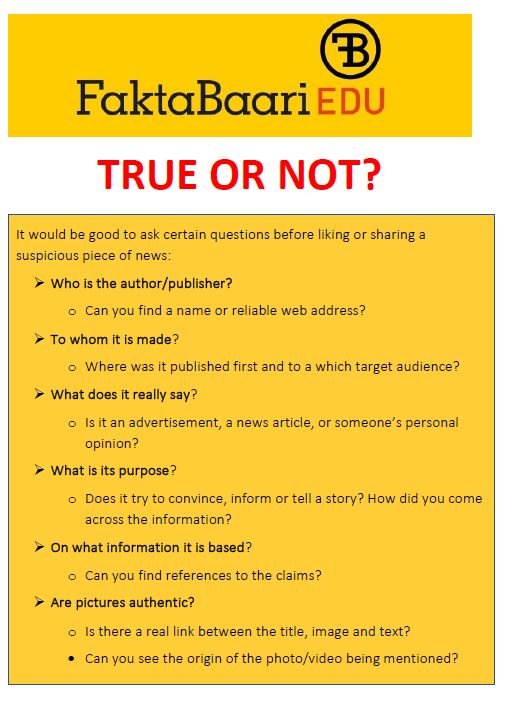“Every citizen is a creator of information/knowledge and has a message. They must be empowered to access new information/knowledge and to express themselves. MIL is for all – women and men equally – and a nexus of human rights.” UNESCO 2nd MIL law
 MEDIA AND INFORMATION LITERACY (MIL)
MEDIA AND INFORMATION LITERACY (MIL)
Media and Information Literacy (MIL) education starts at very early childhood at home by parents who tell their children stories, joke with funny poems and rhymes out loud, and read fairy tales in the evenings.
Children start to “read” picture books, listen and sing songs, and watch cartoons and children’s programs much before they go to nursery school. In most of the families, there are digital devices or such the children can use, and they are loaded with different games specially made for very young children.
So, finally, when children start their early education, they might already be used to engaging with different types of media.
The promotion of media and information literacies starts at a very early age in the Finnish education system. National Core Curricula for Pre-Primary Education and Basic Education include transversal competence areas called Multiliteracy and Information and communication technologies.
In Finland, media and information literacy is seen as civic competence – important to every citizen from an early age. You can find more information about the Finnish National Policy Guidelines from Finnish Media Education booklet published by Finnish National Audiovisual Institute – KAVI.
Mater Boni Consilii St Joseph School Paola and Finnish NGO Faktabaari organized an online seminar on “Teaching our children how to recognize if particular news is real or fake” on the 27th November. I had a pleasure to make a presentation entitled “Digital Information Literacy – practical tools for teachers to deal with information disorder”.
SOCIAL MEDIA
Social media is an essential part of the life of young generation. According to a recent Finnish study , the Finnish youngsters reported to get friends (70 %), peer support (72%), feeling of togetherness (73%), information on interesting subjects (95%), and happiness (93%) from social media. On the other hand, half of the youngsters reported that social media has brought sorrow and problems.
According to Faktabaari study (see presentation below), teachers receive their daily news from TV & radio news and newspapers. In Finland, these pieces of news are prepared by journalists, which are following the ethical guidelines of the Council of Mass Media in Finland.
At the same time students reported that they receive their daily news mainly from the various social media sources (YouTube, bloggers and other sources) – which are largely outside of any journalistic self-regulation or ethical framework. That is why they need very good digital information literacy skills to be able to critically evaluate the usability and reliability of the information they are confronted with.
Digital information literacy is an important part of the MIL concept. It can be defined as a set of skills and abilities which everyone needs to undertake information-related tasks; how to discover, access, interpret, analyse, manage, create, communicate, store and share information in the digital environment. You can read more about this approach e.g. from the CILIP Information Literacy texts. According to UNESCO, information literacy is a universal human right.
In the past, we used to go to the library or check the encyclopedia to find the information we were looking for. Every library has a very sophisticated classification system for books, which allows library users to find what they are looking for very quickly. The theory and practice of information literacy have evolved considerably since the development of the Internet and highly efficient search engines. The problem for a child is, that when using e.g. Google, BING or any other powerful search engine, they receive millions of hits. How to select the appropriate and useful information out of that overwhelming jungle of information?
The attached presentation will give some tools and ideas for educators, how to deal with social media issues in the classroom context. I share several workshop ideas, links, checklists and other tools, which have been tested by the Finnish FactBarEdu team. You can find ideas on how to develop critical thinking skills to analyse sometimes very confusing pieces of news, how to verify if the information is trustworthy, and how to check if the images are authentic.
The goal of FactBarEDU is to empower teachers and students with critical thinking and digital information literacy skills to resist mis- and dis-information. We want to activate everybody to verify their social media content and protect themselves from the various dangers of the Internet.
 You can find my presentation here:PDF Digital Information Literacy presentation
You can find my presentation here:PDF Digital Information Literacy presentation
You can find more information about Faktabaari’s educational activities from the site www.faktabaari.fi/EDU




